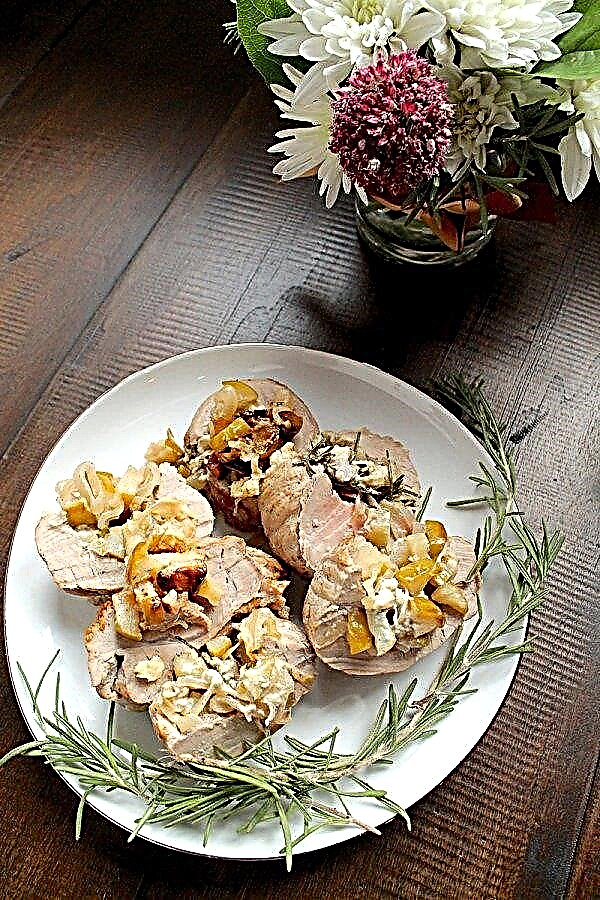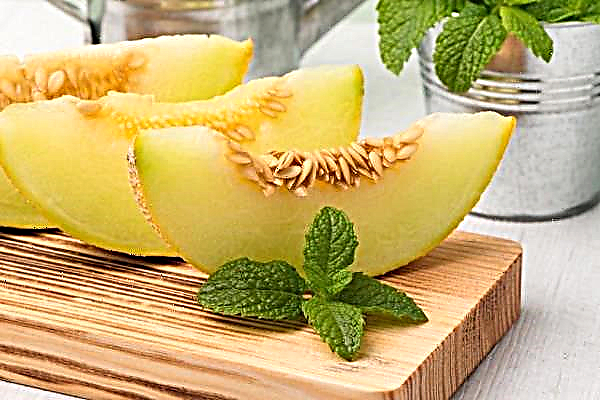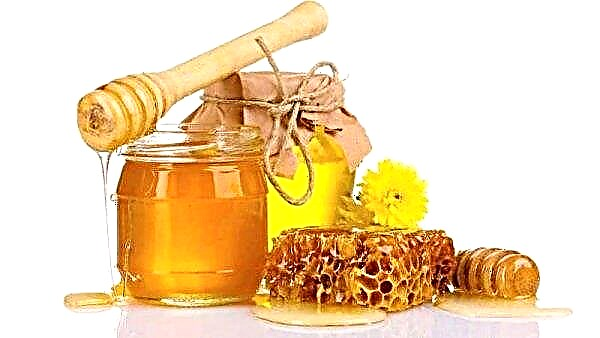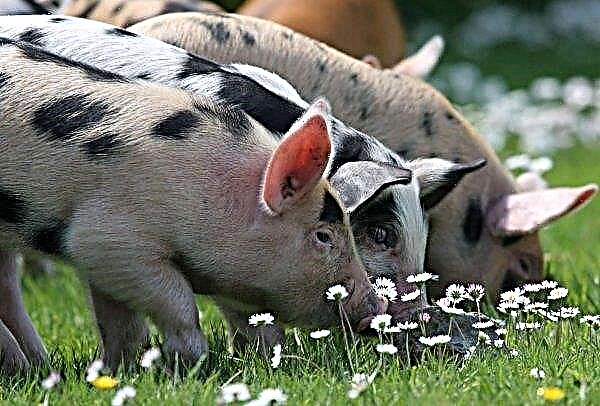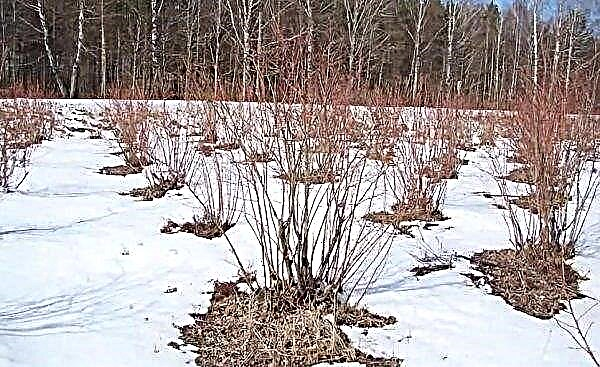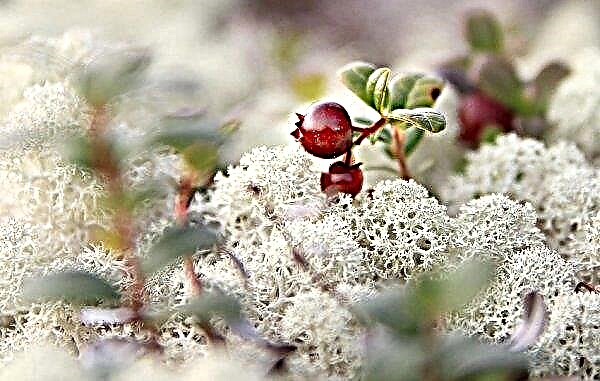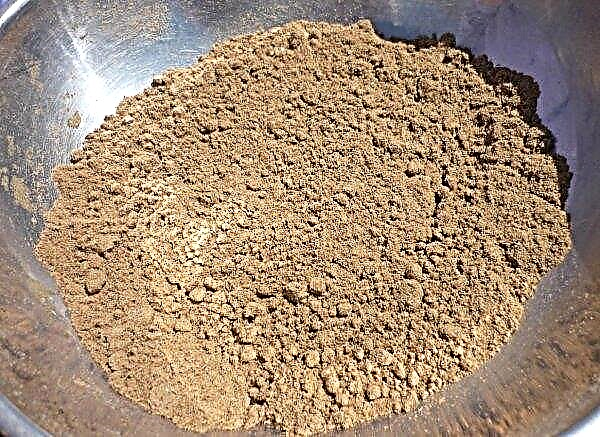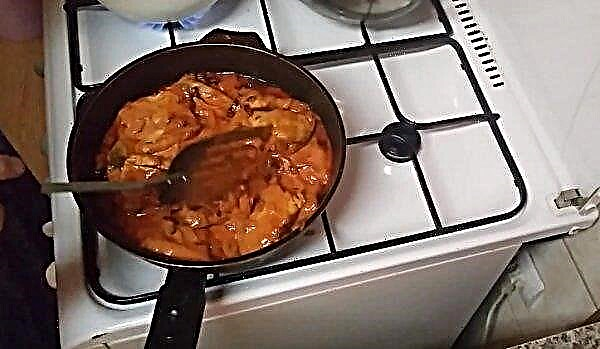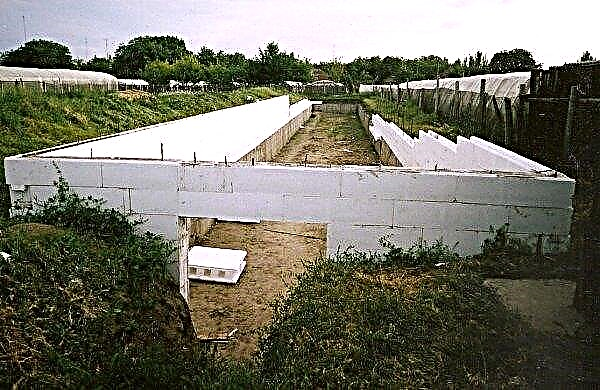Among many types of pylaea, its small-leaved form is most popular among flower growers, since it is almost undemanding in care. In addition to the fact that the flower is not considered capricious, it is still quite hardy and decorates the interior with luxurious small foliage. Although the culture does not have a long period of life, obtaining new plants is not difficult.
Botanical description of a houseplant
Small-leaved pylaea (microphylla pilea) is a perennial herbaceous species belonging to the Nettle family.
Did you know? Small-leafed pili have one more, “folk” name - the artillery tree. These plants have an amazing feature: during buds, when in contact with a flower, it begins to shoot small clouds of pollen, spreading it over great distances.
Pilea has the following characteristics of appearance:
- the culture is bushy, grows about 15 cm in height, but some specimens can stretch to 35–40 cm;
- shoots straight or creeping, thin, densely branching from the base;
- foliage is light green, fleshy, opposite, from tiny (5 mm) to larger (50 mm); the appearance of the leaves is lanceolate, oval-shaped or perfectly round; the leaves are convex on top, with a glossy sheen, with solid or serrated edges;
- flowers - same-sex inflorescences-brushes having inconspicuous, small flowers sitting in the axils of the leaves.
House growing conditions
There are some requirements for the maintenance of pili in an apartment, taking into account their location, lighting, temperature and humidity level.
Placement and lighting
Small-leaved pilya as an indoor culture can be located in different places:
- in florariums, conservatories and window-cases, placing flowerpots taking into account the east-west orientation;
- it looks great like an ampelous culture on glazed loggias or balconies (in winter), and in warm times it needs to be taken out onto the terrace;
- pylaea is a decorative-deciduous indoor flower, so it should not be placed on a windowsill with direct sunlight, but it is better to find a place in the room nearby, because the direct rays of the sun may fade and even discolor the foliage, making the flower unattractive; sunburn may also occur;
- a great option would be to place a bush on the background of other plants strewn with bright flowers, from which the saw will only benefit;
- in the summer, small-leaved sawnings will benefit from moving to an open space, where in the garden, in partial shade from the foliage of trees, they can be planted in stone flowerpots.
Did you know? Very literal sounds the literal translation from the Latin name of all varieties of pylea - "hat made of felt." On closer inspection, in many types of culture, perianth leaves really look like small hoods.
Temperature mode
This culture, although it has a tropical origin, still prefers a somewhat cool content: in the summer - + 18 ... + 23 ° С, in the winter - + 16 ... + 18 ° С. Drafts should not be allowed in the rooms where the saws are located.
Air humidity
When the indoor plant in question is kept under optimal conditions, it does not require high humidity. But at a constant temperature in the room above + 25 ° C, heat and dry air can be fatal to a flower. If pilya is not grown throughout the year in a cool microclimate, then the humidity level will need to be increased both during the hot period and during the operation of heating devices in the apartment.
It is important to remember that the flower does not tolerate spraying, therefore, you will have to use air humidifiers in the room, or put the flowerpot on wet expanded clay or moss laid on a pallet (the bottom of the flowerpot should not come in contact with water).

Care Features
The plant has its own requirements for care in an apartment. They consist in optimal watering, fertilizer, in the formation of a bush and timely transplantation.
Watering
An advantage of the described crop is its ability to grow under an unstable level of moisture: the plant tolerates short drought tolerably. But too long a pause between humidifications, as well as excessive watering and waterlogging of the soil, negatively affects the health of the bush. Especially dangerous will be flower overflows in the winter.
The most optimal soil condition between the irrigations for the crop in question is considered to be the complete drying of the upper part of the earthen coma in the pot and the slightly moist substrate in its lower part. Water the culture should be soft, slightly warm (+20 ... + 22 ° C), with standing water 1-2 times a week. Water from the sump should be drained immediately after irrigation.
Important! To increase the benefits of irrigation for drinking, you can use melt water at room temperature.
Top dressing
For pylei, top dressing is needed throughout the year.. Even at the end of active vegetation, the bush does not go into a state of complete rest. Therefore, in order to maintain the attractiveness of foliage, to prevent elongation of shoots and loss of decorativeness, it is necessary to regularly replenish the supply of nutrients in the soil mixture.
Top dressing is made according to the following scheme:
- in winter, the plant is fed 1 time per month;
- from March to October - 1 time per week.

Pruning
So that the indoor culture shrubs and does not stretch, it is periodically plucked or cut, removing the elongated shoots. It is important that at the initial stages of growth of young shoots it is correct to give the bush the desired, symmetrical shape.
Transfer
Pilea can quickly degenerate: its bushes can lose compactness, stretch out, exposing the base of the stems, because of which the plant loses its holistic appearance and attractiveness. For this reason, it is recommended that the flower be renewed annually at the same time (from March to July), when planting a new bush grown from the previous cuttings.
Transplanting the described indoor flowers, the following technology must be observed:Important! Transplanting the saw into the soil, prepared personally, it is necessary to disinfect it by calcining in an oven or spilling boiling water with the addition of potassium permanganate.
- When transplanting, you can divide the bushes, and then trim or pinch the ends of all branches to form the integrity and beauty of curly leaves.
- Pots or decorative pallets for this plant should be no deeper than 10 cm, since this culture is miniature and has a compact root system.
- At the bottom of the pots, drainage is laid out in the form of broken shards or expanded clay, filling the tanks by 1/3.
- Soil is laid on top of the drainage layer (humus is suitable, with a loose consistency and a pH value of 5.5 to 7.0). The best option would be a purchased soil mixture for decorative and deciduous crops, or made with your own hands from humus, leafy soil, sand and peat (1: 1: 0.5: 0.5). Pileas are also grown using hydroponics or self-watering vessels.
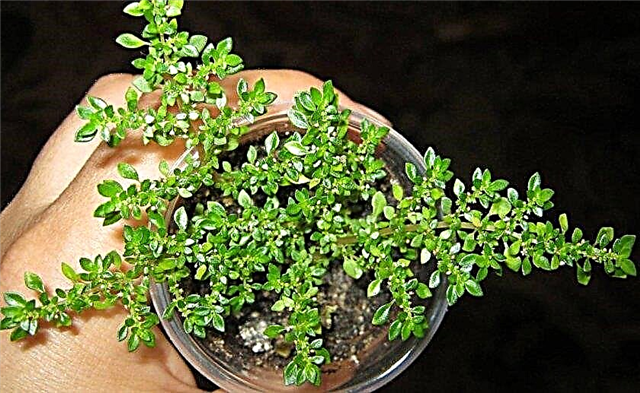
How to propagate a plant
Propagate the culture by cuttings and seeds.. It is almost impossible to get well-ripened seeds of a plant at home. In the distribution network, too, they can not always be found.
If you still managed to get them, then you can try to grow a culture from seeds as follows:
- To prepare for germination containers with sand and peat soil and a drainage layer at the bottom.
- Make in each container indentations of 0.5 cm, plant a seed in them and slightly crush the soil.
- Cover all containers with film.
- After 3-4 weeks, the entries will appear.
- When four true leaves appear, seedlings need to be peaked in separate small pots.
Very high humidity in the room is very important for young drinkers, otherwise they can die quickly. To do this, install aquariums or room humidifiers near plants.
For propagation by cuttings, the following actions are required:
- Cuttings are cut from young shoots 6–12 cm long, foliage is removed, and then put in a container of water (you can add “Kornevin”) so that new roots can form. This process takes about a month.
- You can immediately plant a stalk in the ground. A seedling is planted in a small container with earth and a drainage layer, and covered with a plastic bag on top, thus creating a mini-greenhouse. Within a month, the seedling will take root well, after which the greenhouse must be removed and the young plant transplanted into a permanent container.
- To get a more curly bush in a flowerpot, several seedlings are planted in it at once.
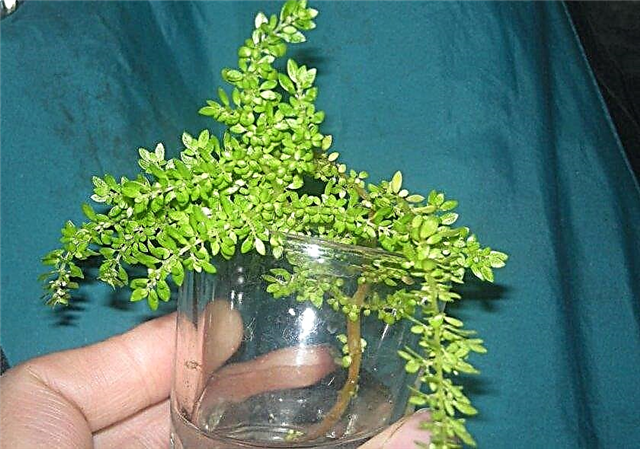
Growing difficulties
Among the possible difficulties in the maintenance of small-leaved culture are the following problems:
- The foliage shrinks and falls. The cause may be too high or too low room temperature. The problem is solved by organizing the optimal temperature regime (+ 16 ... + 23 ° C).
- The foliage became soft, it began to turn black and fall, and the base of the shoots began to rot. The reason is excessive watering of the plant. It is recommended to remove the rotten and wilted parts of the plant, replace the soil in the pot and adhere to the correct watering schedule.
- The leaves acquired a pale color and grafted. Perhaps the reason was excessive lighting. It is necessary to transfer the flower to partial shade.
- The leaves were crushed, and the shoots stretched out. The reason is excessive distance from the light source. The problem can be solved by forming a bush, plucking the tops of the elongated shoots. Then the flower is transferred to a bright room or a phytolamp is placed near it, periodically expanding the pot and exposing each side of the bush to the lighting.
- The leaves are covered with yellow or brown spots.. This happens from direct sunlight on the foliage, as a result of which the delicate foliage gets burned. In this case, the flower needs a light partial shade.
- Root rot. Pilea can get sick due to waterlogging. The first signs will be a wilting plant. The bush and the earthen lump must be treated with fungicides (Previkur Energy, Fitosporin, Topsin-M, etc. - according to the instructions).

There are also lesions of the houseplant with parasites:
- Spider mite. A pest attacks the saw when the air in the room is too dry. When parasites are detected, the bush is washed under a stream of hot water (+ 40 ° C), it is well dried and treated with Fitoverm, Neoron, and Aktellik insecticides.
- Mealybug. Usually settles on a plant in the winter, when the bush is too moist, and the soil is supercooled. Insecticides will be effective against the parasite: Biotlin, Aktara, Calypso.
Small-leaved pilya among flower growers is not in vain called the favorite room culture. Her curly plants, although they have not too catchy foliage, are able to influence the calm atmosphere in the apartment. If you follow all the above tips, then this modest decorative flower will serve as a decoration for a home interior for a long time.




